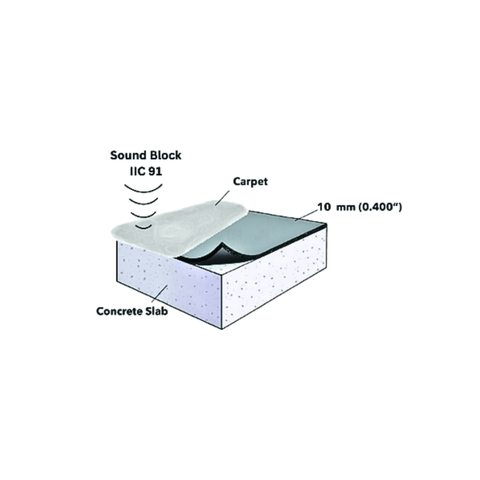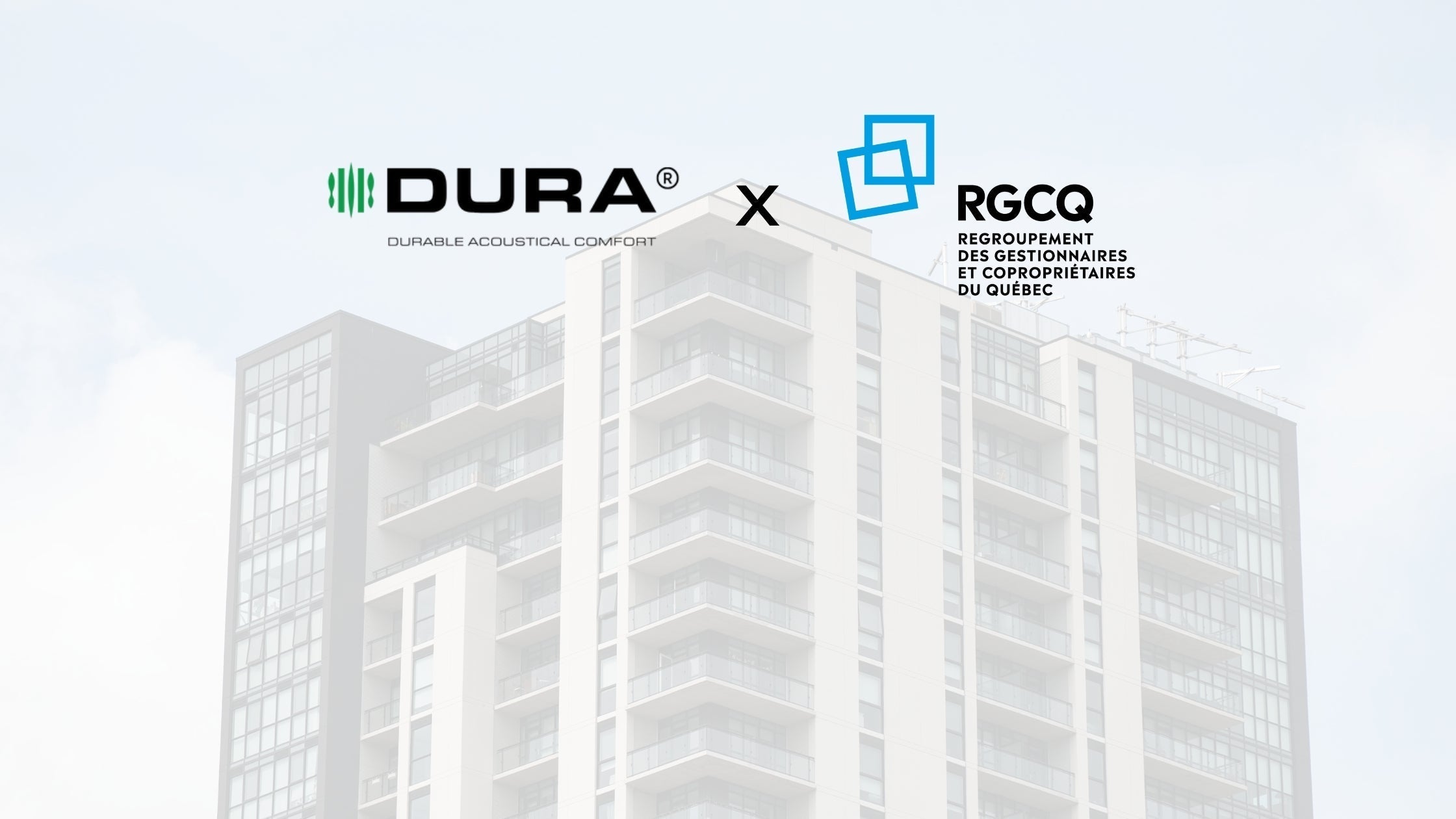Impact Insulation Class (IIC): Why It Matters in Building Acoustics
In the realm of building acoustics, particularly where flooring is concerned, the Impact Insulation Class (IIC) stands out as a fundamental measure. This article explores the essence of IIC, highlighting its critical role in enhancing the acoustic quality of residential and commercial buildings. We'll delve into why IIC is important, how it compares to Sound Transmission Class (STC), and what constitutes a good IIC rating.
What Is Impact Insulation Class (IIC)?
Impact Insulation Class (IIC) is an industry-standard rating that measures the ability of a floor-ceiling assembly to block impact sound transmission. In simpler terms, it quantifies how well a flooring system can reduce the noise created by footfalls or dropped objects, which is critical in multi-story buildings. IIC ratings are derived from tests conducted in controlled environments where a standard impact is generated on a floor, and the sound level is measured in the room below. The IIC rating system adheres to standards established by ASTM International.
Why Is Impact Insulation Class Important?
Understanding the IIC rating helps builders ensure that flooring systems meet the required acoustic standards of residential and commercial spaces. For property owners and tenants, higher IIC ratings can dramatically improve living conditions by reducing the intrusion of unwanted noise from the unit above. This is particularly significant in densely populated urban areas or in buildings with multiple residences.
What Is the Difference Between IIC and STC?
While IIC measures impact sound transmission (like footsteps or dropping objects), Sound Transmission Class (STC) rates how well a building partition attenuates airborne sound (like voices or music). Both ratings are critical, but they serve different purposes. IIC focuses on vertical noise transmission through the floor, whereas STC assesses the overall soundproofing quality of walls against airborne noise.
Examples of Impact Insulation Class
To illustrate, consider a rubber carpet underlay from Dura Undercushions with an IIC rating of 91. This means the product significantly reduces the noise from impacts compared to a lower-rated foam product. For example, without any underlayment, a dropped item or footsteps will disturb a person in the room below, but with high-IIC underlayment, the disturbance level is much lower or unnoticed.
What Is a Good IIC Rating?
Generally, an IIC rating of 50 is considered the minimum standard for residential buildings, though this can vary based on local building codes and the specific needs of a building or tenant. Products with higher ratings, such as 65 or above, are typically recommended for luxury developments, high-rises, or buildings where superior sound control is necessary.
In addition to considering the IIC rating, it's crucial to evaluate the type of material used in the underlayment. Different materials can affect both the acoustic performance and the durability of the flooring. For instance, rubber underlayments offer significantly better sound insulation compared to lighter materials like foam. Therefore, when choosing an underlayment, factor in both the IIC rating and the material type to ensure optimal performance tailored to the specific requirements of your project.
What Is the Highest IIC Underlayment Available?
The highest-performing rubber underlayments are crafted by Dura Undercushions and can achieve IIC ratings of up to 90 or more. These products are ideal for high-end residential and commercial spaces where optimal sound reduction is crucial. Using advanced open-cell rubber technology, Dura Undercushions is constantly pushing the boundaries of what rubber underlayment can achieve in terms of IIC ratings.

Is a Higher IIC Rating Always Better?
No. Although a higher IIC rating suggests improved impact sound insulation, this isn't always straightforward. Higher IIC ratings are generally associated with better noise suppression capabilities, but it's important to approach these ratings with caution. Advertised ratings can be misleading. To ensure the accuracy and relevance of an IIC rating, request the test report. This document should detail the testing conditions and the date of the test, providing transparency and verifying the integrity of the rating. Dura Undercushions supports its high-performance acoustic products with readily available test reports. Such diligence ensures you rely on dependable data when evaluating underlayment options.
Enhancing Acoustic Performance in Buildings: The Value of IIC Ratings
Recognizing the subtleties of Impact Insulation Class (IIC) is vital for anyone involved in building design and construction. By selecting materials that meet or surpass the necessary IIC ratings, you can ensure enhanced acoustic performance in various building projects. This approach not only improves the quality of living and working environments but also adheres to increasingly stringent building codes. For further insights into enhancing your building projects through effective acoustic solutions, explore additional flooring articles on our website, or contact us today to learn more about Dura Undercushions’ acoustic solutions.
















